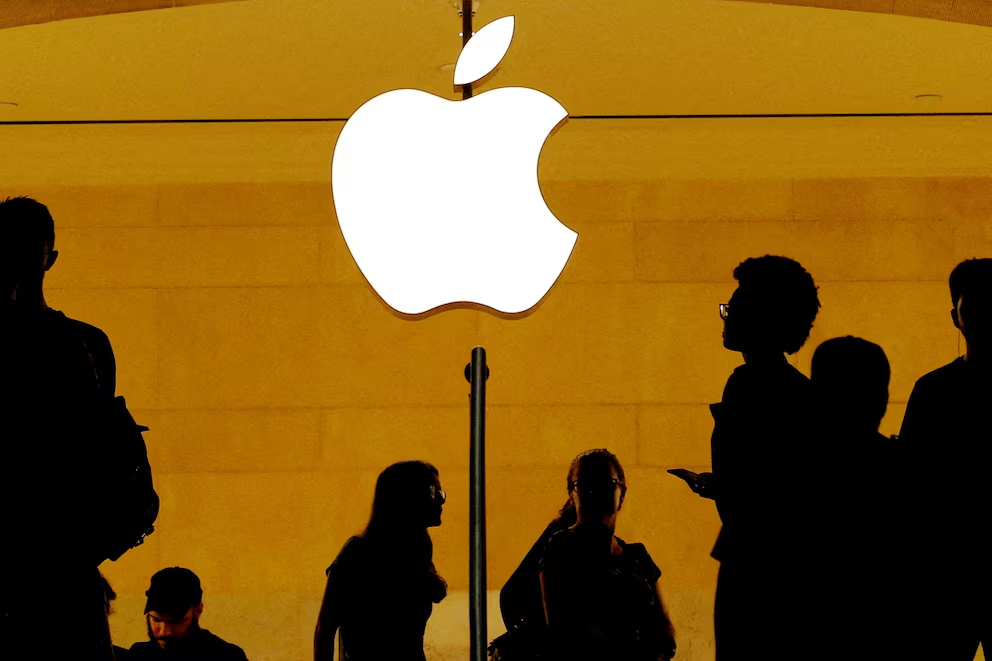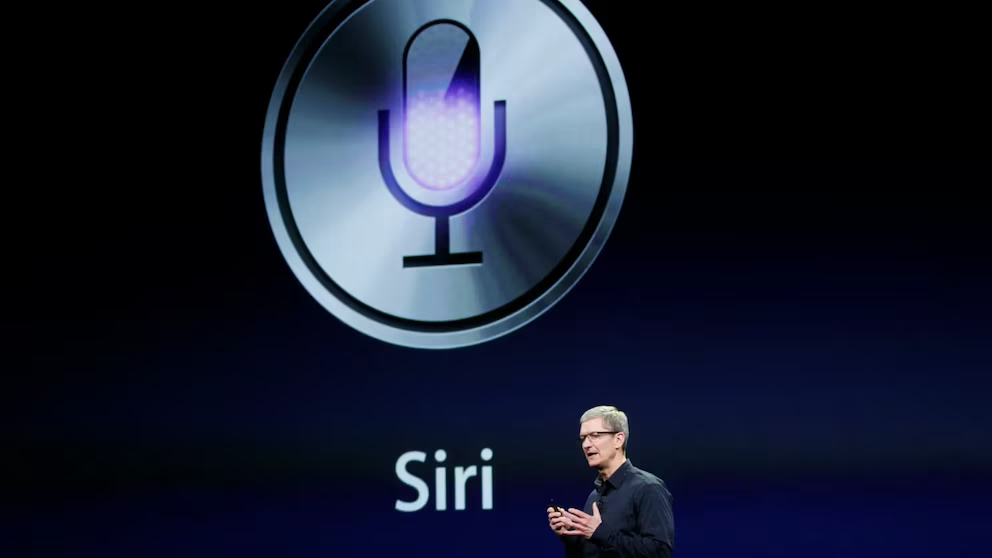When ambition moves faster than confidence, the most advanced assistant can feel unfinished.
Cupertino, October 2025.
Inside Apple Park, the conversation around the next generation of Siri has turned from celebration to caution. Engineers working on the assistant’s new large language model stack have raised internal flags about context handling, task reliability and latency under real world conditions. The concern is not theatrical. It goes to the core of Apple’s promise that intelligence on the device can be both private and powerful.
Siri’s original architecture predates today’s model centric design. Retrofitting a system built for scripted intents into a world of generative reasoning is difficult, and Apple has insisted that much of the intelligence remain on the device. That choice protects user data, but it narrows the margin for error. When models must operate within battery, thermal and memory constraints, small inefficiencies become visible to the user as hesitation or misunderstanding.

The tension has strategic dimensions on three continents. In the United States, Apple’s platform leadership depends on a perception of seamlessness. If the assistant appears uneven, enterprise and education customers hesitate to lock workflows to voice. In Europe, where regulators scrutinize AI transparency and safety, an assistant that occasionally misroutes commands invites questions about auditability and user control. In Asia, particularly in Japan and Korea, rival assistants already offer fluid device actions, live translation and contextual recall that set a high bar for daily utility.
Engineers describe three areas where the rebuild is most fragile. First, long context windows that should preserve a conversation sometimes collapse when the user switches apps or networks, producing generic answers instead of device actions. Second, on device grounding for tasks like scheduling or file retrieval performs well in demos but degrades under weak connectivity and background load. Third, the safety layer that prevents harmful or misleading instructions can feel overly conservative, refusing benign requests after ambiguous phrasing. These issues are normal during development; the problem is cadence. The market no longer grants long stretches of silence.
Privacy shapes the technical path. Apple continues to prioritize local processing, with selective use of private compute clusters for heavier inference. That design reduces exposure to data scraping and aligns with European norms on data minimization. It also limits the training signals that competitors collect at internet scale. Engineers compensate with synthetic data and human feedback loops, but the tradeoff is visible. The assistant is careful. Users want it to be capable.

Manufacturers who build their businesses atop iPhone and iPad ecosystems are watching closely. In Latin America, retail partners report that procurement teams now ask about assistant reliability the way they once asked about battery life. In the European Union, legal teams request clarity on model behavior under the AI governance frameworks that member states are beginning to adopt. In the United States, health and finance developers prefer predictable APIs over creative language output. For them, a dependable command interpreter beats a clever conversationalist.
There is also the human factor. Teams that stewarded Siri through years of incremental updates are now adapting to a culture of rapid iteration and probabilistic systems. Determinism was once the standard. Now performance is measured in distributions and edge cases. That requires new habits, from evaluation methods to how product managers define success. A feature that delights in a lab can frustrate in a kitchen with a child speaking over a timer and music streaming through a smart speaker in another room.
Competitors have set expectations. Assistants paired with large general models respond flexibly, but often rely on heavy cloud processing and permissive data policies. Apple’s bet is that trust and proximity will win over time. The assistant hears you, acts locally when possible and escalates when necessary. The engineering challenge is to make that feel instant and dependable. If the assistant is private but hesitant, users will fall back to tapping. If it is fast but opaque, regulators will ask why.
The supply chain adds complexity. Device level intelligence touches silicon, power management, audio pipelines and neural engines. A subtle change in acoustic echo cancellation can cascade through wake word detection and streaming tokenization. Optimizations that save milliseconds in the lab may fail when cases, screen protectors and urban noise enter the scene. Engineers sometimes describe this as fitting a symphony into a pocket. Every section must keep tempo.
Partners outside the United States complicate deployment. In Europe, multilingual accuracy and cultural phrasing matter as much as speed. In Japan, formality and indirect requests challenge intent detection. In India, code switching across languages in a single sentence is common. Training for these realities requires curated datasets and native evaluators. It also requires humility. An assistant that insists it understood when it did not invites rejection.
There are reasons for optimism. Model compression has improved. On device inference is faster than a year ago. Tool use frameworks that let the assistant securely call system capabilities are maturing. Early testers report that when the new Siri executes a chain of actions correctly, it feels less like a chatbot and more like a companion to the operating system. That is the target. The assistant should reduce friction, not narrate it.
The near term question is timing. Shipping too early risks eroding trust. Shipping too late cedes narrative space to rivals. Apple’s historic advantage has been patience without drift. Products arrived when they were ready and then scaled. The assistant era complicates that rhythm because models learn best in the wild. The company must find a path that honors privacy, satisfies regulators and still exposes the system to enough usage to grow.
Users will vote with habits, not press releases. If Siri can remember what you meant across apps, complete multistep tasks without prompting and handle accents and background noise with grace, people will use it. If it hesitates, they will not. In that sense the next version of Siri is not only a test of Apple’s AI. It is a test of the company’s belief that intimacy and intelligence can share the same device without compromise.
Phoenix24: clarity in the grey zone. / Phoenix24: claridad en la zona gris.

